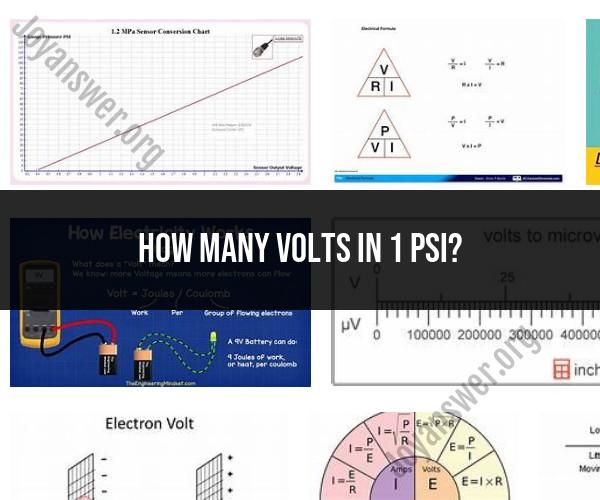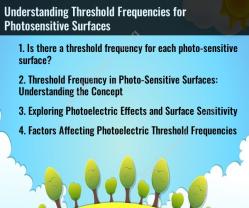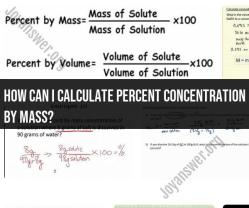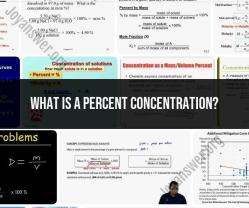How many volts in 1 psi?
The conversion of volts to pounds per square inch (PSI) is not straightforward because volts and PSI measure different physical quantities. Volts (V) measure electrical potential difference, while PSI measures pressure. However, if you're trying to convert between electrical measurements and pressure measurements in a specific context, you might need additional information or formulas.
For example, in certain applications, such as some pressure sensors or transducers, the output may be given in electrical units (volts) and correspond to a specific pressure (PSI). In such cases, you would need to know the characteristics of the sensor, such as the sensitivity or calibration curve, to convert volts to PSI.
There is no direct conversion from volts to PSI. Volts are a unit of electrical potential, while PSI is a unit of pressure. However, the two can be related to each other through the use of a pressure sensor.
A pressure sensor is a device that converts pressure into an electrical signal. The most common type of pressure sensor is the piezoelectric sensor, which uses a piezoelectric crystal to generate an electrical voltage when it is subjected to pressure.
The voltage output of a pressure sensor is typically proportional to the applied pressure. This means that the higher the pressure, the higher the voltage output. The exact relationship between voltage and pressure will vary depending on the specific pressure sensor being used.
For example, a pressure sensor with a range of 0 to 100 PSI and a voltage output of 0 to 5 volts will produce 0.05 volts per PSI. This means that a pressure of 10 PSI will produce a voltage output of 0.5 volts, a pressure of 50 PSI will produce a voltage output of 2.5 volts, and so on.
It is important to note that the relationship between voltage and pressure is not always linear. For example, some pressure sensors have a logarithmic output, which means that the voltage output increases more slowly at higher pressures.
How to use a pressure sensor to measure PSI
To use a pressure sensor to measure PSI, you will need to connect the sensor to a voltage meter or other data acquisition device. The voltage meter will display the voltage output of the pressure sensor, which you can then use to calculate the applied pressure using the conversion factor provided by the pressure sensor manufacturer.
For example, if you are using a pressure sensor with a range of 0 to 100 PSI and a voltage output of 0 to 5 volts, and the voltage meter is displaying a voltage of 2.5 volts, then the applied pressure is 50 PSI.
Conclusion
There is no direct conversion from volts to PSI, but the two can be related to each other through the use of a pressure sensor. The voltage output of a pressure sensor is typically proportional to the applied pressure, but the exact relationship will vary depending on the specific pressure sensor being used.













